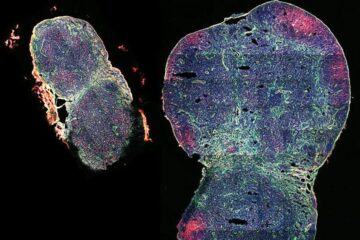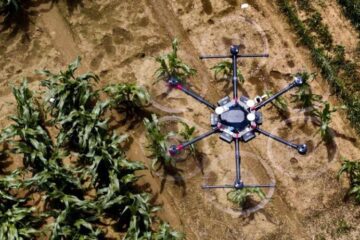The inside scoop on semen

Some 90% of all births of cattle and pigs in Norway result from artificial insemination with frozen, or fresh and stored semen. Highly fertile semen fetches a very high price, and improved methods of evaluation of semen quality are therefore desirable for the Norwegian breeding and husbandry organisations Geno (cattle) and Norsvin (pigs).
For her Ph. D. degree, Karin Waterhouse evaluated semen quality in bulls and boars using a newly-developed method called flow cytometry. The introduction of this technology now means that Norwegian pig breeders can store semen at room temperature for up to five days prior to insemination. Previously, the recommended maximum storage time for boar semen was three days. This breakthrough has led to more effective transportation and distribution of boar semen. Less is wasted and production of semen on Sundays is not longer necessary.
The fertility of Norwegian Red (NRF) breeding bulls is very good in comparison to other cattle breeds in Europe and the USA. This good fertility makes it difficult to find a relationship between semen quality and fertility. Waterhouse has succeeded in finding a relationship between sperm DNA quality and fertilising potential of bull semen, meaning that in the future, sperm DNA quality can be used as a basis to reject semen doses and exclude bulls with inferior fertilising potential. The work that Waterhouse has carried out will help maintain the high fertility of NRF breeding bulls and means that farmers can continue to achieve a high level of pregnancy in their cows after artificial insemination.
Both Geno and Norsvin are ISO-certified semen production units, and the use of flow cytometry for evaluation of semen quality will allow for improved documentation of the semen quality of Norwegian breeding boars and bulls. Geno and Norsvin have recently increased their export of semen, and the improved documentation will be a valuable factor in competition with other international breeding and semen companies.
Media Contact
More Information:
http://www.veths.no/templates/Page.aspx?id=8797All latest news from the category: Agricultural and Forestry Science
Newest articles

Insect research is revolutionized by technology
New technologies can revolutionise insect research and environmental monitoring. By using DNA, images, sounds and flight patterns analysed by AI, it’s possible to gain new insights into the world of…

Expanding a lymph node, boosting a vaccine
A biomaterial vaccine enhances and sustains lymph node expansion following vaccination, boosting anti-tumor immunity in an animal model. Each one of us has around 600 lymph nodes (LNs) – small,…

AI to Make Crop Production More Sustainable
Drones monitoring fields for weeds and robots targeting and treating crop diseases may sound like science fiction but is actually happening already, at least on some experimental farms. Researchers from…





















